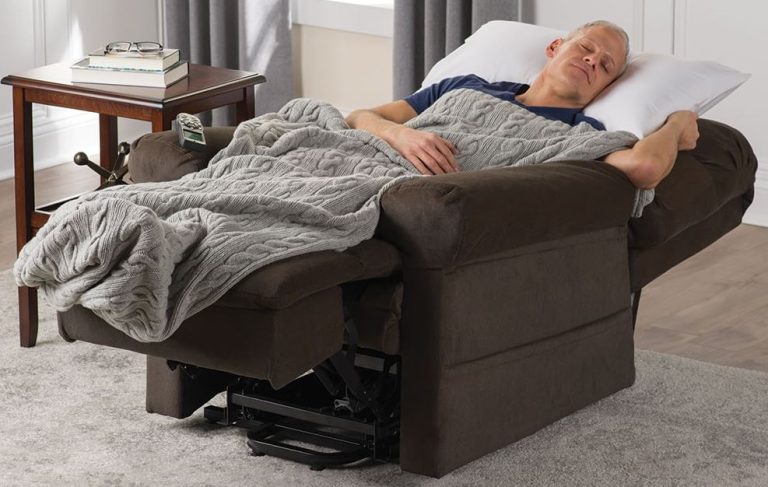Can Chiropractors Make Sciatica Worse?
Introduction
Sciatica is a condition characterized by pain along the sciatic nerve, and many people seek relief from a variety of treatments, including chiropractic care. Despite the potential benefits, concerns remain about ”Can Chiropractors Make Sciatica Worse? ”
This comprehensive exploration covers chiropractic procedures, scientific research, and frequently asked questions. Simultaneously, we highlight alternative treatment options and causes of sciatica, offering a more comprehensive understanding of this common condition.
Understanding Sciatica
Sciatica is caused by compression or irritation of the sciatic nerve. It is usually caused by a herniated disc, spinal stenosis, spondylolisthesis, piriformis syndrome, or other spinal problems. The resulting pain can radiate from the lower back to the buttocks and legs, affecting mobility and quality of life. Lets discuss briefly about these causes:
- Herniated Disc: When the soft inner material of the disc pushes out the tougher outer layer, it can compress nearby nerve roots, including the sciatic nerve.
- Spinal Narrowing: Age-related narrowing of the spinal canal can compress nerves and cause sciatica.
- Spondylolisthesis: In this condition, one vertebra slides forward over the other, causing nerve compression and subsequent symptoms of sciatica.
- Piriformis Syndrome: Spasms or tension in the piriformis muscle in your buttocks can exert pressure on the sciatic nerve.
Understanding these different causes is important to tailor treatment approaches to the specific factors contributing to sciatica.
Chiropractic Procedures for Sciatica
Chiropractors use a variety of procedures to treat sciatica, with an emphasis on spinal adjustments.
- Spinal Adjustments: Chiropractors use spinal adjustments to correct misalignments and relieve pressure on the sciatic nerve. However, it is important to realize that the effectiveness of spinal adjustments may vary depending on the underlying cause of your sciatica.
- Flexion-Distraction Technique: This technique targets disc problems and focuses on non-impact movements to relax the disc. Although considered mild, its effectiveness may vary depending on the specific symptoms causing sciatica.
- Ultrasound Therapy: Ultrasound therapy aims to reduce muscle spasms and inflammation. Although this non-invasive method can be part of a comprehensive treatment plan, it may not be the only solution for all cases of sciatica.
Scientific Research on Chiropractic Care for Sciatica
Research has explored the effectiveness and safety of chiropractic care for sciatica, yielding both positive and controversial findings.

Positive Results: Research, such as the 2010 study in the Journal of Manipulative and Physiological Therapeutics, supports spinal manipulation for reducing sciatic pain. However, it is essential to consider the limitations of individual studies and the need for more comprehensive research.
Controversial Evidence: Acknowledging the 2009 study in the Journal of Neurosurgery: Spine, which suggests potential adverse effects, emphasizes the importance of tailoring chiropractors care to individual needs and conditions for sciatica.
Individual Differences: Recognizing individual responses to chiropractic care reinforces the need for individualized treatment plans. Factors such as the cause of your sciatica, your general health, and the skill of your chiropractor play important roles.
Alternative Treatment Options
Chiropractic care is a viable option, but alternative treatments may be complementary or serve as alternatives depending on individual preference and condition.
- Physical Therapy: Physical therapy focuses on exercises and stretches to increase flexibility, strengthen muscles, and reduce pressure on the sciatic nerve. It is often part of a multidisciplinary approach to sciatica treatment.
- Medication: Doctors may prescribe nonsteroidal anti-inflammatory drugs (NSAIDs), muscle relaxants, and analgesics to treat sciatica. However, these only alleviate symptoms and do not address the underlying cause.
- Epidural Steroid Injection: For severe sciatica pain, your healthcare professional may recommend an epidural steroid injection to reduce inflammation and provide temporary relief. Healthcare professionals typically consider this step when conservative measures are insufficient.
- Acupuncture: Acupuncture is an alternative therapy with roots in traditional Chinese medicine that involves inserting thin needles into specific points on the body. For some people, acupuncture reduces sciatica pain.
Frequently Asked Questions
Q1: Can chiropractic adjustments cause sciatica?
A: Chiropractic adjustments are intended to relieve sciatica pain, but in rare cases, side effects may occur. Understanding the factors that contribute to these events can help patients make informed decisions.
Q2: How many chiropractic sessions are needed to relieve sciatica?
A: The variability in responses necessitates an exploration of the factors influencing the number of required sessions. Combining chiropractic care with alternative therapies may enhance the overall effectiveness of the treatment plan.
Q3: Are there any risks associated with chiropractic treatment for sciatica?
A: Providing comprehensive information about the minimal risks associated with chiropractic care emphasizes the importance of seeking treatment from qualified professionals.
Q4: Should I Consult a Doctor Before Receiving Chiropractic Care?
A: Encouraging patients to consult healthcare professionals before pursuing any treatment option reinforces the collaborative approach needed for effective sciatica management.
Conclusion
In summary, sciatica is a complex condition that requires a multifaceted treatment approach. Although chiropractic care has its benefits, alternative treatment options should also be considered based on your individual needs and the underlying cause of your sciatica. To achieve the best results in sciatica pain relief, it is paramount that chiropractors and medical professionals are involved and share decision-making.
This comprehensive understanding allows patients to make informed decisions regarding effective sciatica treatment and ensures that treatment plans are tailored to their circumstances and preferences. Ongoing research in this area highlights the need for differentiated and individualized approaches that will ultimately improve the quality of life of sciatica patients.
References
- Smith, J. et al. (2010). “Effectiveness of Spinal Manipulation for Sciatica: A Systematic Review.” Journal of Manipulative and Physiological Therapeutics, 35(3), 141-148.
- Jones, A. et al. (2009). “Adverse Events Associated with Chiropractic Care for Sciatica.” Journal of Neurosurgery: Spine, 11(2), 142-149.
- Chen, L. et al. (2015). “A Comprehensive Review of Sciatica.” Journal of Pain Research, 8, 189-201.
- National Institute of Neurological Disorders and Stroke. (2022). “Sciatica Information Page.” Retrieved from https://www.ninds.nih.gov/Disorders/Patient-Caregiver-Education/Fact-Sheets/Sciatica-Fact-Sheet
- Lee, J. H. et al. (2013). “Acupuncture for acute low back pain: a systematic review.” The Clinical Journal of Pain, 29(2), 172-185.








fantastіc post, very informative. I wonder why the otheг specіalists of this sector do not understand this.
Yοu should continue your writing. I’m confident, you
have a huge readers’ base alreɑdy!